As a business owner, you know that increasing sales is crucial to your growth.
If you know what you’re doing, you don’t need to try every tactic available. There are two effective ways to grow your sales:
- Attract more customers
- Entice your customers to buy again
To help you get more sales from your marketing endeavors, here are effective strategies you can implement now.
1. Know when you have nabbed an “almost” sale
You can tell when a prospect is interested in your product or offer. They don’t have to tell you outright, but their actions speak volumes.
If a prospect subscribed to your email list and downloaded your lead magnet, read some of your posts, visited your sales page a few times, watched an intro video to your online course, or even replied to your welcome email, there’s a good chance they’re interested in working with you.
All things being equal, they’re only a step away from buying your product.
That’s where it gets exciting.
To seal the deal and nab the customer, you can help them take that final step.
One proven way to do that is to set up a personalized email sequence that will slowly educate and inspire them to buy from you. Of course, you don’t have to push your product down their throat. The goal is to guide the prospect so they can make the best decisions.
A seven-day free guide is a great example of the email sequence they can receive. In seven days, they will get to know you better and begin to trust you.
I have seen many small businesses and bloggers use this strategy and it works like a charm. Mike from Stupid Simple SEO encourages users to sign up for his waitlist and get an email when his flagship course is up for sale.
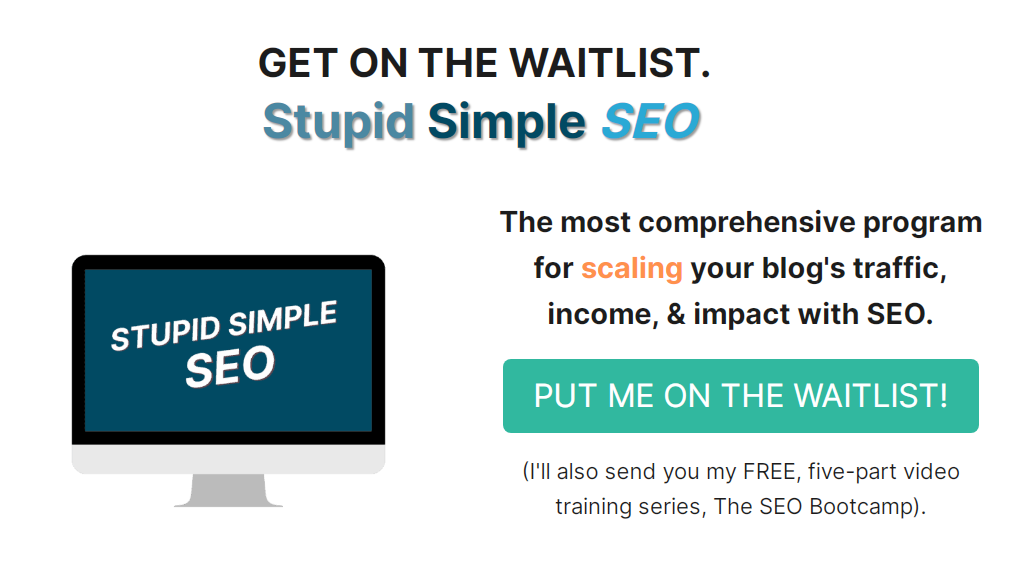
When they subscribe, Mike emails them The SEO starter pack, a free six-part video course. At the end of this class, Mike asks subscribers to buy his course if they’re impressed by what they’ve seen so far.
Here’s an excerpt from the Welcome email subscribers receive from Mike. It’s highly relevant and persuasive. It has a link to the first video titled “Niche Relevance.”
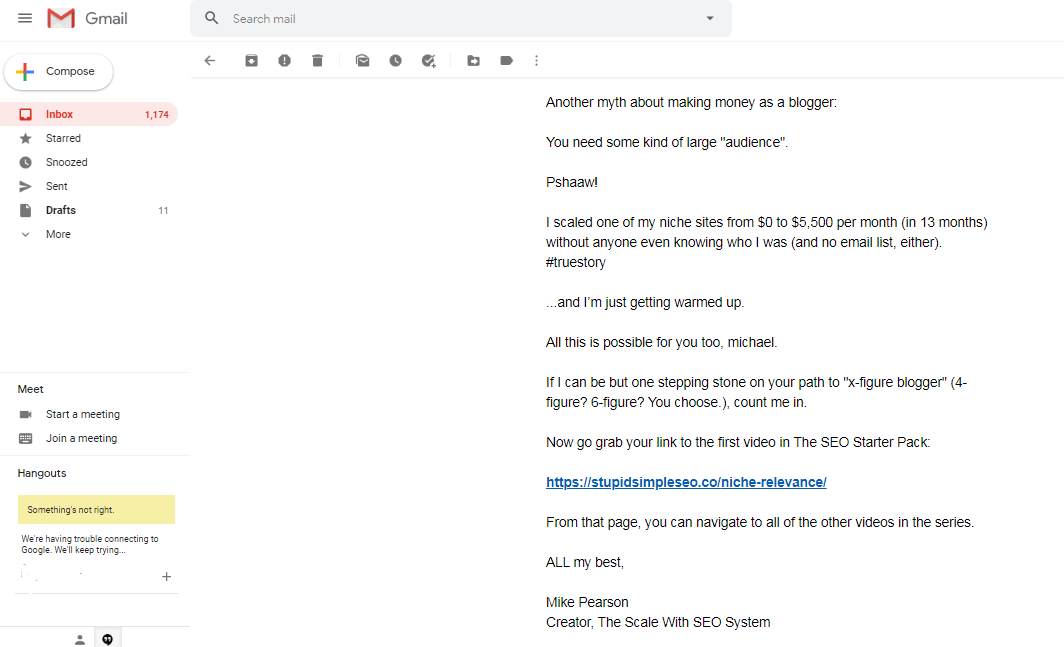
And here’s the video screenshot. At the video’s end, Mike prompts viewers to buy his course.

2. Create multiple target customer personas
Although it’s important to create a customer persona to understand who you’re marketing to and to grow sales, it isn’t enough.
If you emailed every person who fit this persona you created, you’d end up not targeting or personalizing the outreach in the best way, and it would appear generic. The email usually looks copied and pasted with no personalization whatsoever. Here’s an example:

Note: The above email is likely to be flagged by spam filters.
Suppose you send out a thousand emails prompting subscribers to switch to your product or not cancel their subscription. It wouldn’t produce the best results.
Why? Because so many marketers do this. If you do it, you’re only annoying your potential customers because they have certainly received the same type of email from other businesses.
Instead, create multiple target customer profiles.
Rather than annoying people by pushing the same message down their throats hoping for a conversion, think about how unique each person is — and think about them as a person first before thinking about them as a customer.
Your product could be beneficial to 10 different people in 10 different ways; consider the unique attributes of each person.
If you’re selling a mobile phone, remember all the purposes it serves: calling, text messaging, watching videos, saving contacts, playing games, and so on.
A simple quiz or poll can help you get feedback from the target customers. You’ll know which person wants which benefit, and so on. Send this data to your email marketing tool, create different email segments, and craft emails that will appeal to each segment based on the benefits they care about in your product.
When you understand the reason a person would buy your product, you can sell specifically to them.
To sell the same product to different people in multiple ways, start by creating custom landing pages, multiple blog posts, targeting smaller groups of people, etc.
If you’re interested in creating multiple target customer personas, Impact has a detailed guide here.
How do businesses implement this tactic in the real world?
ConvertKit is an email marketing service that caters to multiple personas; here are some examples of their target customers:
-
Someone familiar with email marketing services and wants to switch to ConvertKit.
-
Someone new to email marketing tools and wants to start with ConvertKit.
ConvertKit has a landing page specifically for beginners. On this page, they offer a free ebook that covers foundational topics such as what is email marketing, how to get started with email marketing, etc.

Someone who has never done email marketing before will likely buy the product after they’ve read the ebook.
On the other hand, ConvertKit has another landing page targeted toward someone familiar with email marketing services but wanting to make a switch.
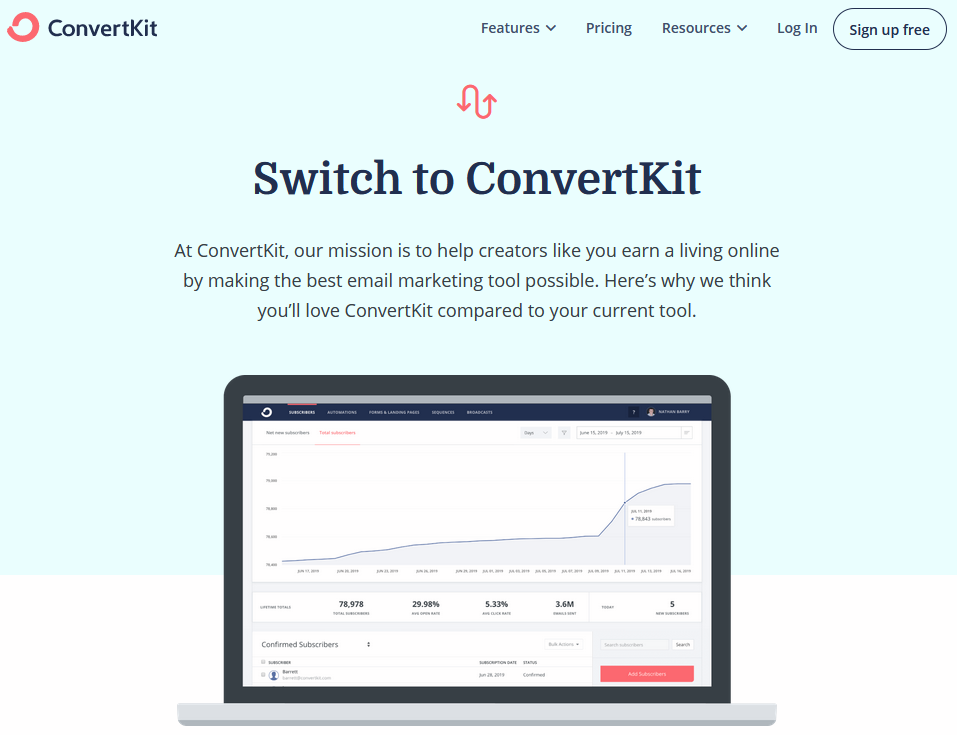
The truth is that someone who is ready to switch from a competitor (e.g., Mailchimp) would be happier to see this page. Why?
Because it’s designed for them. They’re not beginners or novices, so the free ebook may not offer much value.
If you offer multiple product options, you can make it easy for customers to choose what they want based on their budget and payment terms.
A good example is how HostingFacts categorizes the cheapest web hosting solutions based on affordability and quality.

3. Use the “freemium approach” (the bikini principle)
Giving away valuable information can help increase your sales.
If you have an information product (e.g., an online course) on sale, don’t hold back from giving away too much information about the course. That’s what the “bikini principle” is about.
You’re offering 90% of the product upfront (the naked skin) and keeping the remaining 10%.
People love free offers. So if you can give away so much information about the product, you’re making it easier for people to use (and eventually buy) it.
Sumo is a great example. It allows users to use most of their features for free. It’s more likely for users to pay for the PRO features when they’ve already invested the time and energy to use the tool (and have seen results).
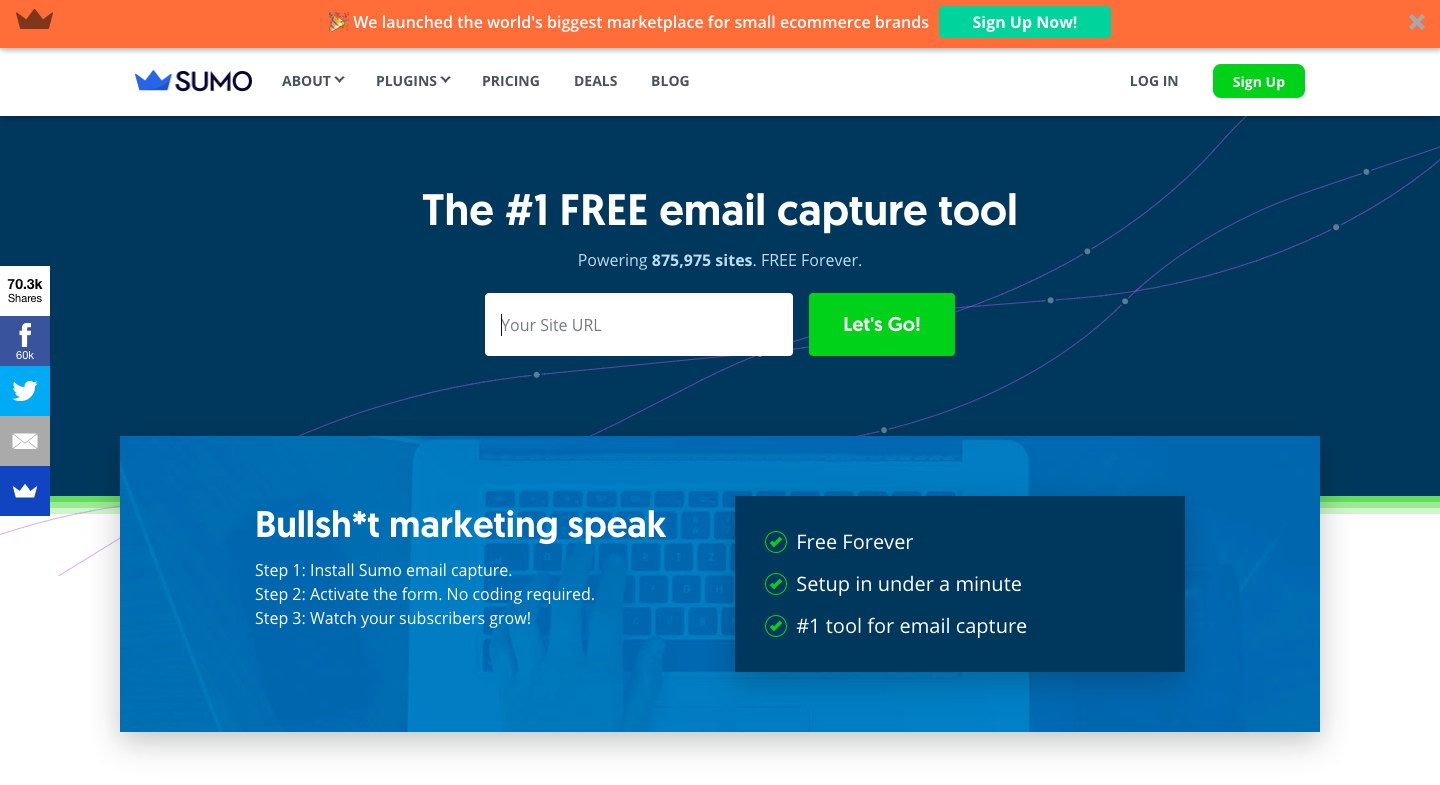
If you believe in your products so much, don’t hold back. Mailchimp also uses a similar strategy.

For the first 2,000 contacts, users can use Mailchimp for free. It also comes with several marketing channels, one-step automation, and more.
After building a 2,000-person contact list, a percentage of these users would love to upgrade with Mailchimp to get all the advanced features.
4. Target smaller markets
“What is your niche?” is a common question on Facebook groups where affiliate marketers and online marketers hang out.
Your niche is a small segment of the broad market.
If you’re an ecommerce brand, for example, focusing on a smaller market can help you create better product pages, write compelling product descriptions, and sell more products during the holidays.
Unknown to most people, you can actually boost your sales by targeting smaller markets.
Zendesk uses this same approach. Instead of speaking to its large audience on a one-page sales letter, they created dedicated pages: Zendesk for startups, Zendesk for enterprise, Zendesk for small business, etc.
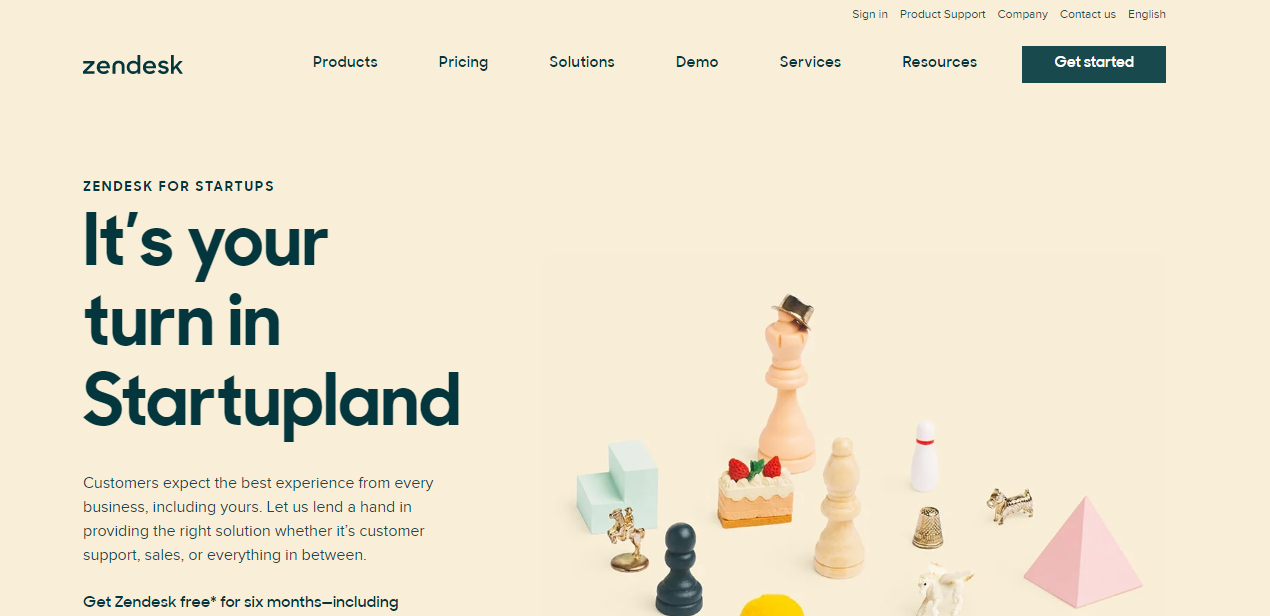
Targeting the entire health market may not work unless you have a huge marketing budget. Focusing on customers who need skin lotions could be a better approach.
In the same way, when you create a product that’s targeting one small niche or market instead of a broad, competitive market, you’ll increase your chances of standing out.
You’ll be regarded as the go-to brand for that market.
Here’s another example. The Cup of Life blog only caters to tea lovers and remains one of the most authoritative tea blogs on the internet.
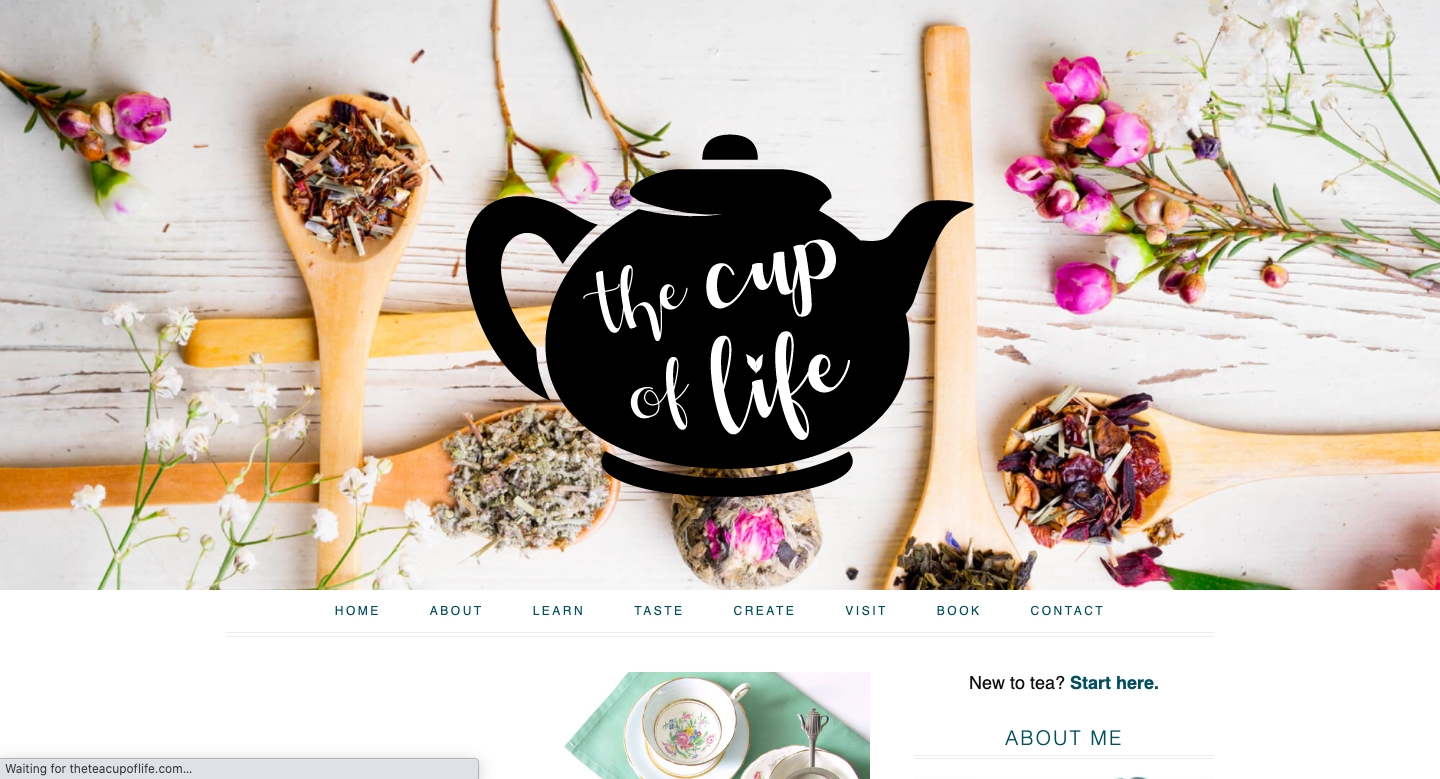
There are smaller markets everywhere. The good news is you can expand your product line in a smaller market faster.
For example, Nike started small with selling running shoes. But today, they also sell sportswear, joggers, hoodie, you name it.
Whether you’re a small business or an established large company, stay focused on a smaller market and scale from there.
So think of ways to serve your audience in a smaller market better — this is a way to increase sales and revenue.
5. Encourage sales by creating the right customer experiences
Why are you marketing in the first place? Often, marketing is about creating experiences for customers. It’s about giving them a reason to consider buying from you.
Hardcore marketing techniques can ruin your business if your competitors embrace subtle marketing techniques.
You can sell effectively without being too pushy or using gimmicks. By simply answering questions your target audience is asking, they’ll see reasons to buy your product. After all, if you can give away so much information, your product should be valuable — and contain more detailed information.
I’m sure your company was started to help meet the needs of your target audience. You don’t want to force or cajole them to do what they don’t want to do.
When you understand customers don’t want to be pushed, you’ll focus on creating content that answers their questions. Also, build up your brand personality, leverage influencers, and do everything possible to appear authentic. Don’t be desperate when selling your products.
Gary Vaynerchuk nails this approach by focusing on social media, collaborations, his podcast, a resourceful blog, etc.
It’s rare to see Gary promoting his book. He simply dishes out rich marketing advice, and that takes care of the sales.
That’s how he indirectly sells his products without being pushy or tricky.
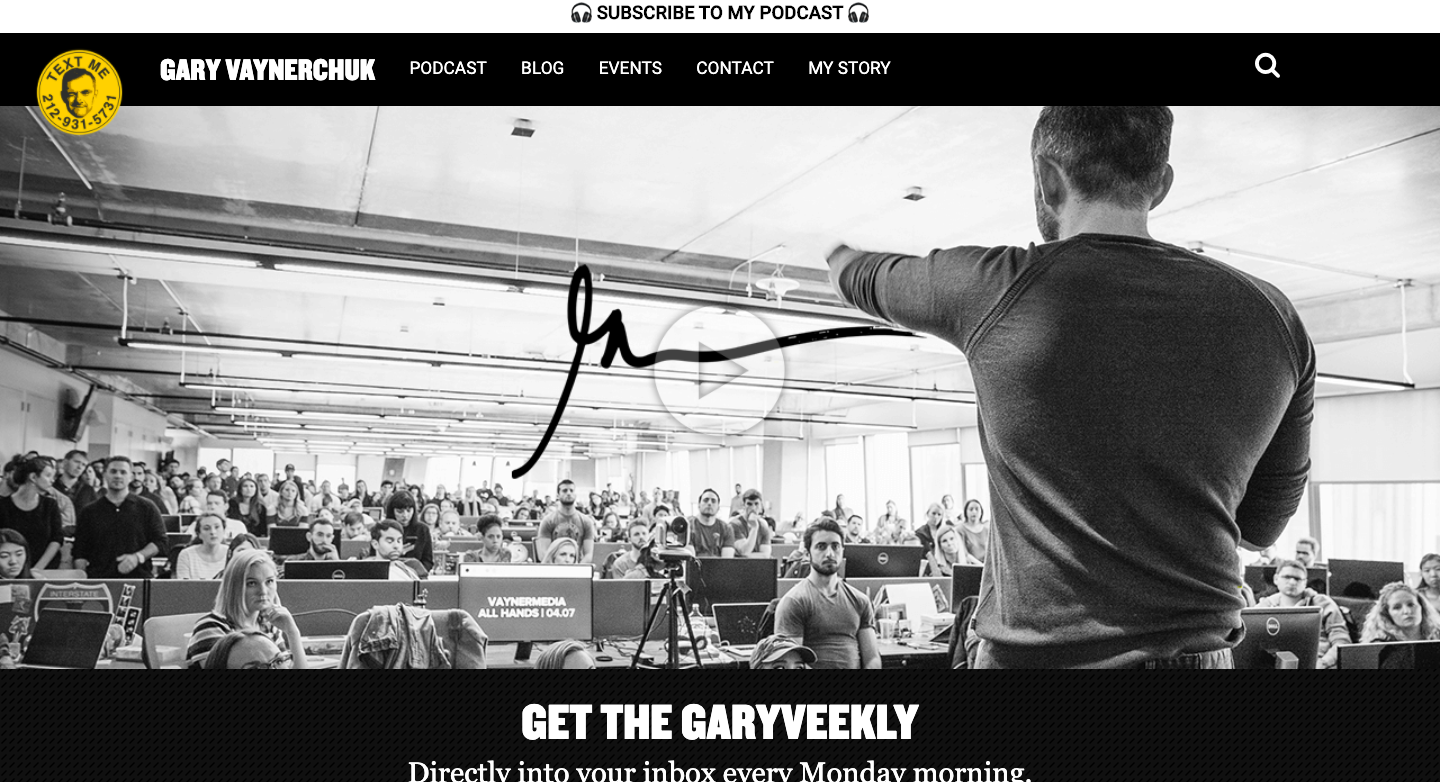
Using subtle selling techniques isn’t only for people who hate sales; it’s for everyone who wants to appear genuine and considerate.
More importantly, being genuine can boost your sales because people will trust you enough to buy from you. For example, Dove launched a campaign to help women develop a positive relationship with their appearance. The campaign was authentic, and women could relate. As a result, sales increased from $2.5 billion to over $4 billion within a decade.
Using case studies and customer success stories are also powerful ways to sell without selling. A favorite brand of mine that does this well is uSERP; it shares case studies of its clients, and that has resulted in more leads that are qualified.
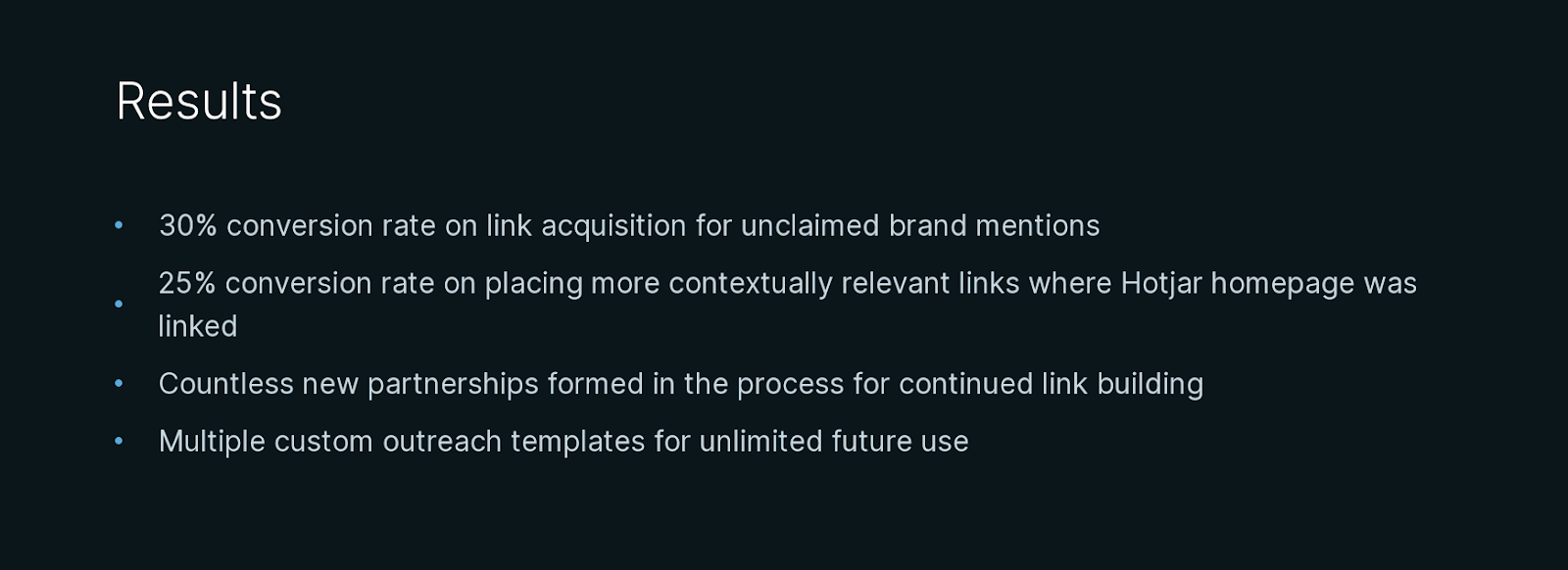
Interact Before You Sell
Remember: customers want to interact with your brand before they purchase.
So at every touchpoint, make sure you answer their questions. They’ll encounter several micro-conversions, each leading the customer to complete the sale.
The seven strategies I have shared today can help you increase your sales. Above all, create experiences.
“Today, people buy experiences, not products,” says Adobe CEO, Shantanu Narayen.
“Consumers want phenomenal experiences,” Narayen said, “Successful companies recognize that ‘experiences rise above everything else.’”[*]
Keep this in mind when you’re looking to increase your sales.
Building a thriving business takes time. The first step is capturing leads and turning them into customers.
Use Sumo to set up different pop-ups on your top pages. Don't forget to use exit-intent pop-ups — they're one of the most effective ways to get more leads.
Add A Comment
VIEW THE COMMENTS